- Solar Run >
- Solar Panels >
- What Do Solar Panels Do?
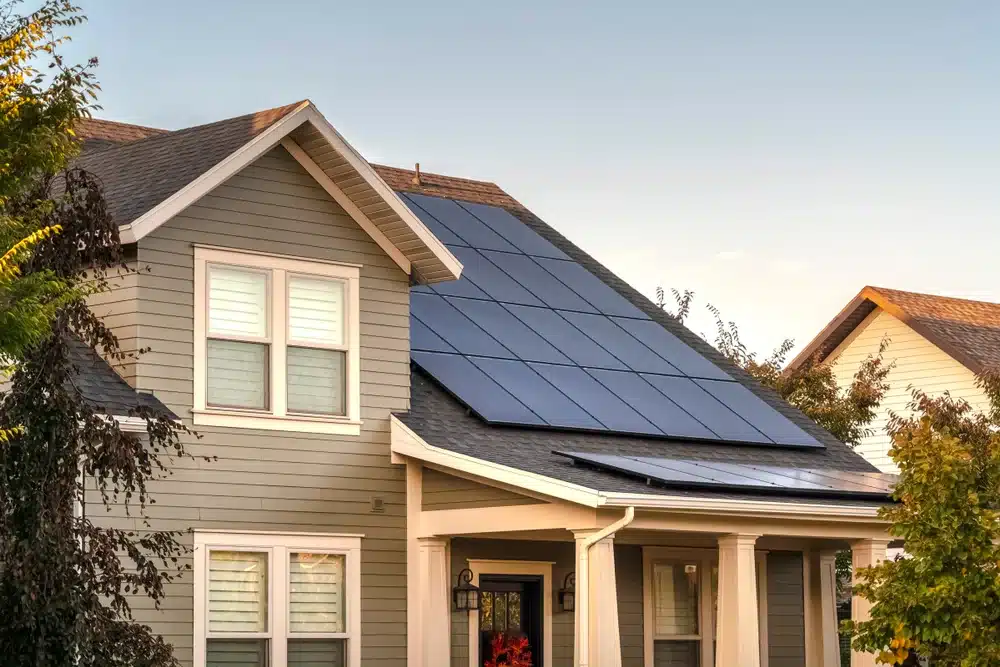
Have you ever wondered what solar panels do besides sitting on rooftops? They’re not just there for the aesthetics. Solar panels are at the forefront of harnessing the sun’s power. They turn it into clean, renewable energy that you can use every day. This is the kind of energy that powers your morning toast, keeps your home comfortable, and even charges your car—all without harming the planet.
Australia’s sunny disposition makes it a prime spot for solar energy. In fact, we’re leading the charge in making solar accessible to everyone. Did you know that more than 2.68 million Australian households have already installed rooftop solar panels? That’s a lot of people tapping into the sun’s endless supply of energy, significantly reducing their electricity bills and carbon footprint. It’s an exciting time to be part of this solar revolution.
In this article, you’ll see how these nifty devices convert sunlight into electricity, the impact they’re having across the country, and why they might just be the best investment you can make for your home, wallet, and the environment.
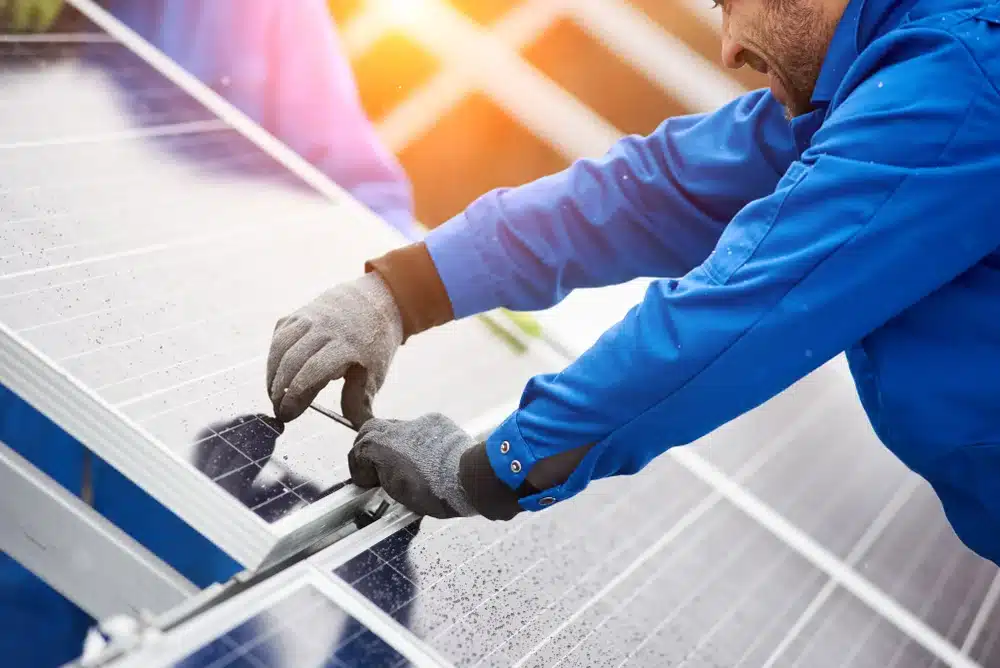
At their core, solar panels are your very own slice of the sun’s power, neatly packaged for your home’s roof. They’re made up of many smaller units called solar cells, tiny, sun-powered engines, which convert sunlight into electricity. These cells are usually made from silicon, a material known for its excellent light-absorbing properties.
Now, a single solar panel is great, but when you link several of them together, you’ve got yourself a solar power system capable of powering everything from lights to appliances, and even your electric car.
When we talk about the different types of solar panels, it’s less about the nitty-gritty and more about their role in capturing sunlight:
The best choice for you depends on your needs, space, and budget. But no matter which type you go for, you’re making a solid choice for both your home and the environment.
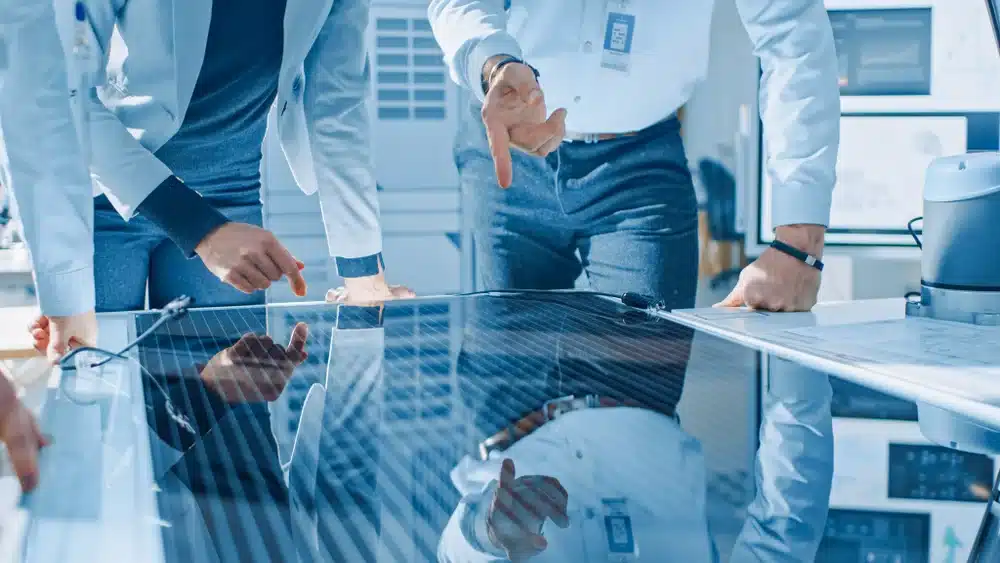
Let’s peel back the layers and get to the heart of how solar panels do what they do. It all starts with a process involving photovoltaic (PV) cells. The term “photovoltaic” refers to the process of converting sunlight into electricity. Here’s how this solar energy conversion happens:
Each solar panel is a collection of solar cells, and these cells are the real MVPs. Made mostly from silicon, these cells soak up sunlight while sitting on your roof. But it’s not just any sunlight they’re after; they’re capturing photons, tiny packets of solar energy.
When these photons hit the surface of a solar cell, they knock electrons loose from their atoms. If you remember your high school science, electrons moving around equals electricity. This is where the silicon comes into play—it’s particularly good at capturing these free electrons and getting them to move in a specific direction, creating an electric current.
Now, the electricity generated is in a form called direct current (DC). Most homes and appliances use alternating current (AC), so the system includes an inverter to convert DC into usable AC. Once that’s done, you’ve got electricity to power your home.
What happens if your panels catch more sun than you can use? Two options: store it for later in a solar battery system or sell it back to the grid (if available in your area). Either way, you’re making the most out of every photon that hits your roof.
In a nutshell, solar panels transform sunlight into electricity through the workings of photovoltaic cells that turn the supply of solar energy into something you can use to power your daily life.
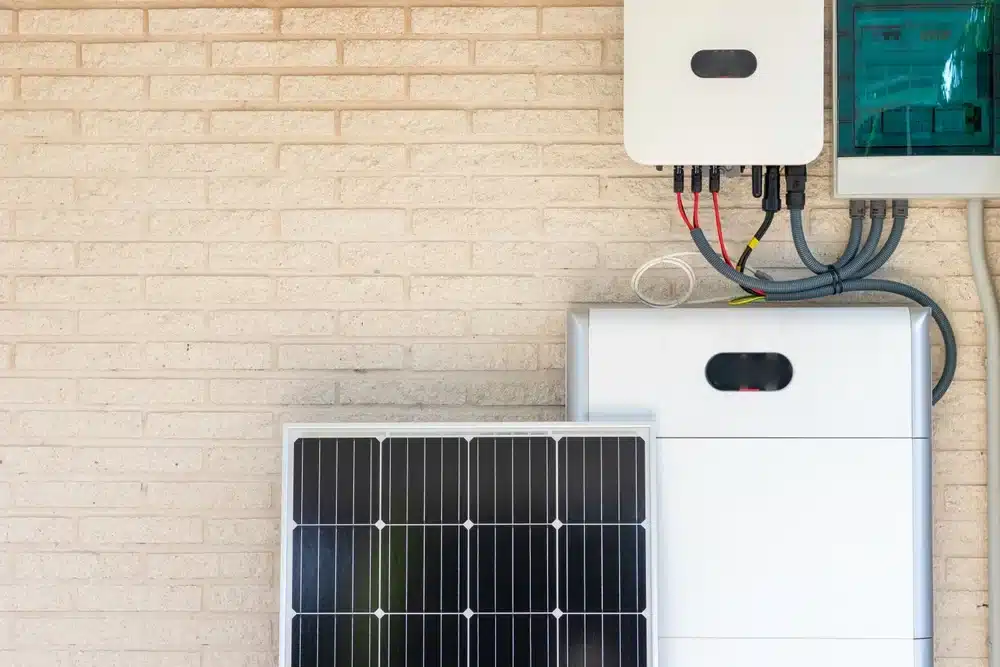
Solar panels play a central role in solar energy systems because they are the primary technology for capturing and converting sunlight into usable electricity. But they don’t work alone. Let’s break down how solar panels fit within the broader ecosystem of a solar energy system, including inverters, battery storage, and the grid connection.
Solar panels are the frontline soldiers in the battle for clean energy. Their main job is to capture sunlight and convert it into direct current (DC) electricity. Without these panels, there’s no starting point for generating solar power.
Once solar panels do their job, the DC electricity they produce isn’t quite ready for home use. Most homes and appliances operate on alternating current (AC) electricity. That’s where inverters come in. Inverters convert DC electricity from solar panels into AC electricity to make the former compatible with your home’s electrical system and the grid at large.
Not all the electricity produced by your solar panels needs to be used right away. Excess energy can be stored in battery systems for later use. This is especially useful during power outages, at night, or during periods of low sunlight. Battery storage ensures that the energy captured by solar panels is never wasted but instead available precisely when you need it.
Many solar energy systems are connected to the broader electricity grid. This connection allows you as a homeowner to feed excess solar power back into the grid when your system produces more electricity than you need. In many areas, this can earn you credits on your utility bill, thanks to feed-in tariffs. Conversely, if your solar system doesn’t meet all your energy needs at any time, you can draw additional power from the grid.
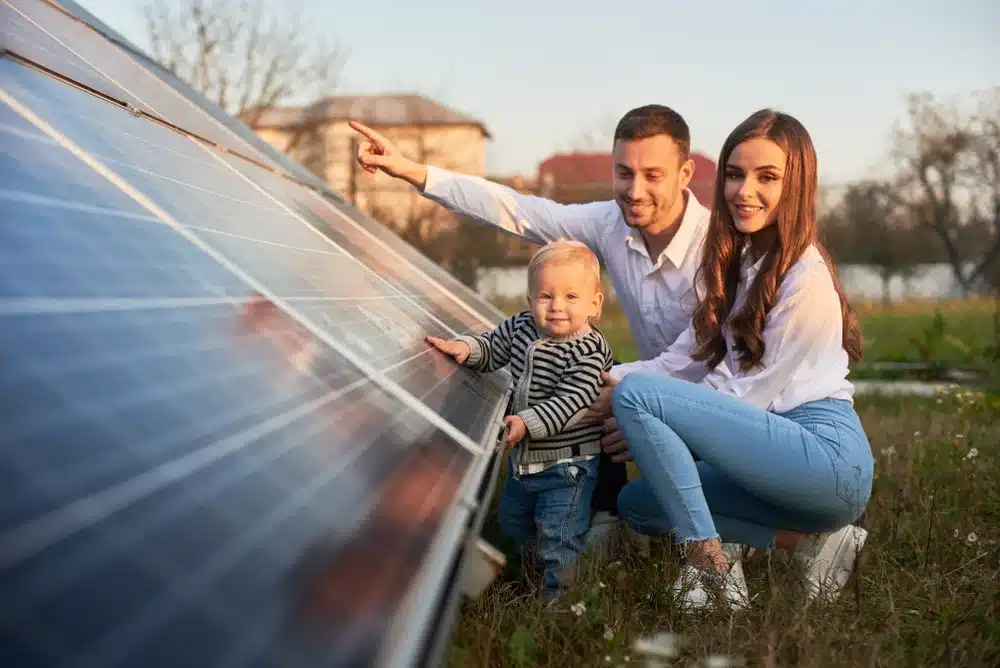
Solar panels offer a host of benefits, not just for the individual homeowner but for our planet as well. Let’s take a closer look at what installing solar panels means for you personally and for the environment at large.
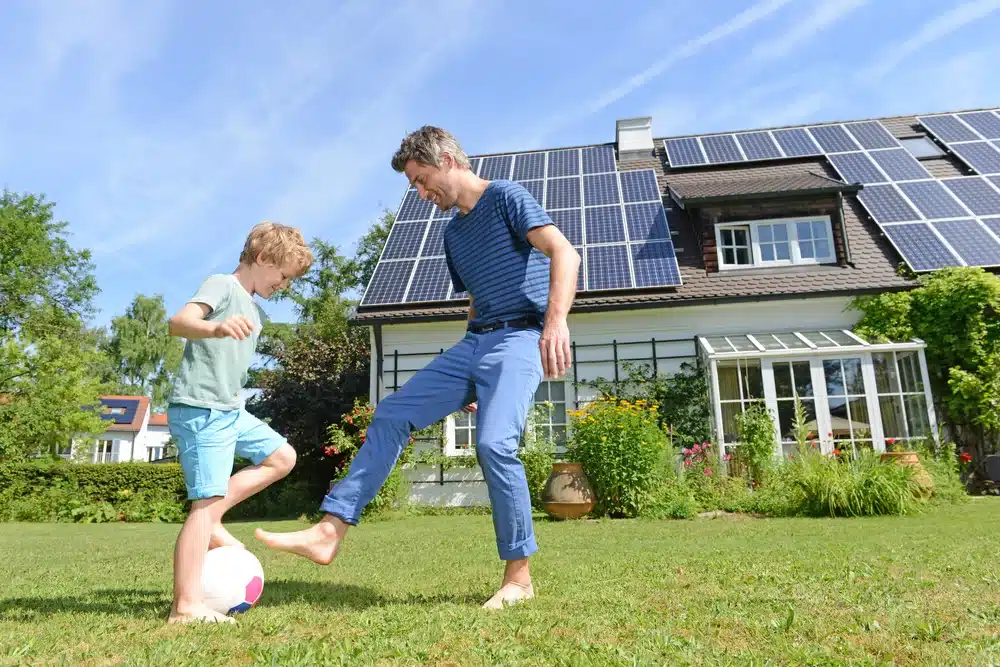
The adoption of solar panels across Australia is more than just a trend; it’s a movement towards a sustainable future that’s reshaping our energy landscape, economy, and communities. Let’s explore how this shift towards solar energy is influencing Australian society and the role of initiatives and companies in this transition.
The Australian government and various state governments offer numerous rebates and schemes to encourage solar adoption, making it more accessible and affordable:
These initiatives make solar energy more accessible to homeowners and signal a commitment from the government to support renewable energy.
Solar companies facilitate the transition to renewable energy. By offering comprehensive solar solutions in NSW, Victoria, ACT, Queensland, and South Australia, Solar Run is at the forefront of helping households and businesses make the switch to solar. Our expertise and services are vital in:
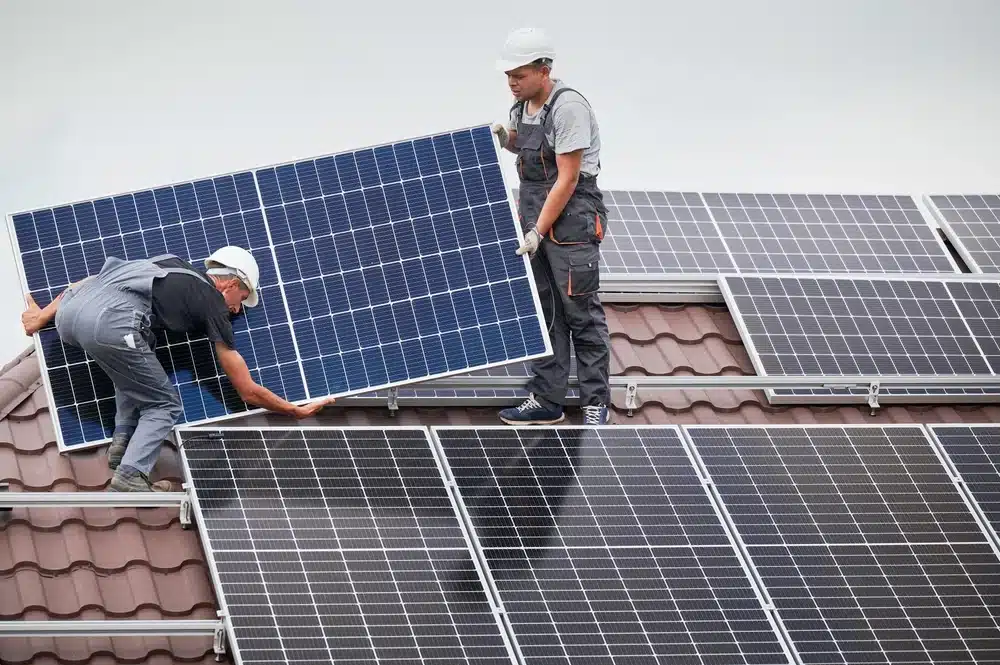
As you wrap up your journey through the ins and outs of solar panels and their role in harnessing the sun’s power, it’s clear that understanding what solar panels do is just the beginning. Whether it’s reducing your electricity bills, boosting your property value, or playing a part in protecting the planet, the benefits of solar energy are undeniable.
Switching to solar isn’t just a personal or financial decision; it’s a commitment to a better future. It’s about being part of a community that values renewable energy and its positive impact on our society and environment. With government rebates and schemes making solar more accessible than ever, there’s never been a better time to consider making the switch.
If you’re intrigued by the possibility of solar energy for your home, Solar Run is here to guide you through every step of the process. From initial consultation to developing the perfect solar solution for your needs, we promise to make your transition to solar as smooth and beneficial as possible. Get in touch today.
We are available! Have a question? Text us here.
 Text Us
Text Us